Editor’s Note: The blog is to assist in the installation, repair and maintenance of Air Suspension. Before starting to install these components on the vehicle, it is important to read and understand the entire installation manual.

WARNING:
The air suspension system uses high-pressure air. Before disassembling, please confirm that the pressure has been released and disconnect the power supply of the air suspension system. Do not allow dust or grease to enter the air tube. When replacing air shock absorbers, please wear appropriate goggles and protective equipment throughout the process.
Use the jack correctly to lift the vehicle and fix it on the jack bracket. If there is not enough support, no work can be done under the vehicle under any circumstances, otherwise it may cause serious personal injury or death.
Tighten all nuts and bolts to manufacturer’s specifications during the installation process.
INSTALLATION:
Before installation, please confirm that the appearance of the product is intact. If the shock-absorbing airbag is deformed or damaged, do not turn on the air valve switch.

PART 1 AIR SUSPENSION REMOVAL
- Set the steering to straight forward.
- Find the pinnacle and raise the vehicle.
- Remove wheel and brake discs.
- Disconnect the shock-absorbing control cable connector.
- Disconnect the air line (located under the hood or under the rear dashboard cover), the air line connector cannot be reused.
WARNING: When the air is drawn from the air spring, the vehicle part is not allowed to directly touch the ground.
- Loosen and remove the top fixing bolt.
- Loosen and remove the bottom fixing bolts.
- Separate the control arm from the spindle assembly.
- Remove the air strut from vehicle.
PART 2 AIR SUSPENSION INSTALLATION
- Use maxpeedingrods air suspension to install the components on the vehicle.
- Plug in the damping control cable connector.
- Fix the control arm bolt.
- Install the lower bolts and nuts of the air shock absorber and fix them in place.
- Install the lower bolts and nuts of the air shock absorber and fix them in place
- Adjust the ride height through the lower mounting seat.
The minimum driving height is determined by the owner. The airbag must not touch any parts of the vehicle, including wheels/tires, body or suspension arms. Failure to maintain the correct minimum pressure can damage airbags and shock absorbers. If the damping is over extended, the ride height must be lowered. Similarly, if the shock absorption has bottomed out, the vehicle must be raised. Contact with any part of the vehicle will invalidate the warranty.
- Install the top bolts and nuts of the air shock absorber and fix them in place
Fix the air pipes, please make sure they have enough space so that they do not touch the exhaust pipe, lower arm, axle and other heat sources and any moving parts
- Insert the air line into the air shock fitting until it is seated correctly.
- Put down the vehicle.
- Install wheel.
- Finish the installation.
WARNING:Some products contain sealed nitrogen gas, please do not disassemble or throw into fire.
Preventative Maintenance
In order to ensure that your air suspension system has a longer service life and improve satisfaction, we have made the following instructions:
- Not to be stored below -40°F (-40°C) or above 158°F (70°C).
- Clean the reused parts
- Regarding the air pressure, regularly check the air pressure of the air spring. Maintain the minimum pressure required.
- Please understand the load capacity and spring stiffness of the car’s air spring.
- Adjust the swing lever, especially the front suspension, to optimize the turning characteristics
- Know, understand and keep within the rated weight of the vehicle.
- Do not let the airbag rub against anything on the vehicle. The minimum clearance around the air spring must be ½ inch. After the air spring is fully deflated, you should maintain at least one inch of ground clearance. After installation, make sure to keep the minimum clearance when the air spring is fully inflated. Otherwise, the suspension system may malfunction.

Troubleshooting
- Pinching of the bellows with metal parts– avoid driving without pressure in the air suspension
- Air shock absorption surface damaged — leave enough space
- Insufficient air pressure-air leakage, using a soapy water mixture, check for air leaks.
- Insufficient air pressure-the compressor is damaged, replace the compressor
- Excessive stretching of air damping– check the bracket and adjust the height of the sensor
- Chemical contamination– avoid usage of lubricants or cleaners which contain mineral oils
- Damaged air cushion — never exceed the maximal allowed weight of the vehicle
- Air suspension not suitable for application, double check if the air spring fits the OE part number



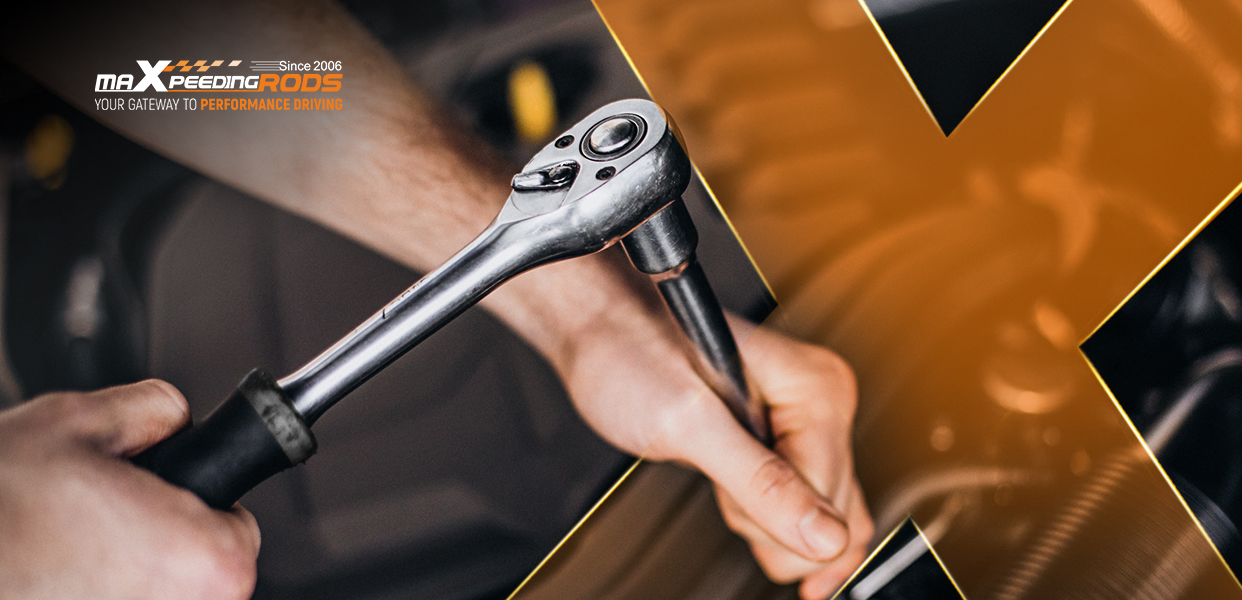
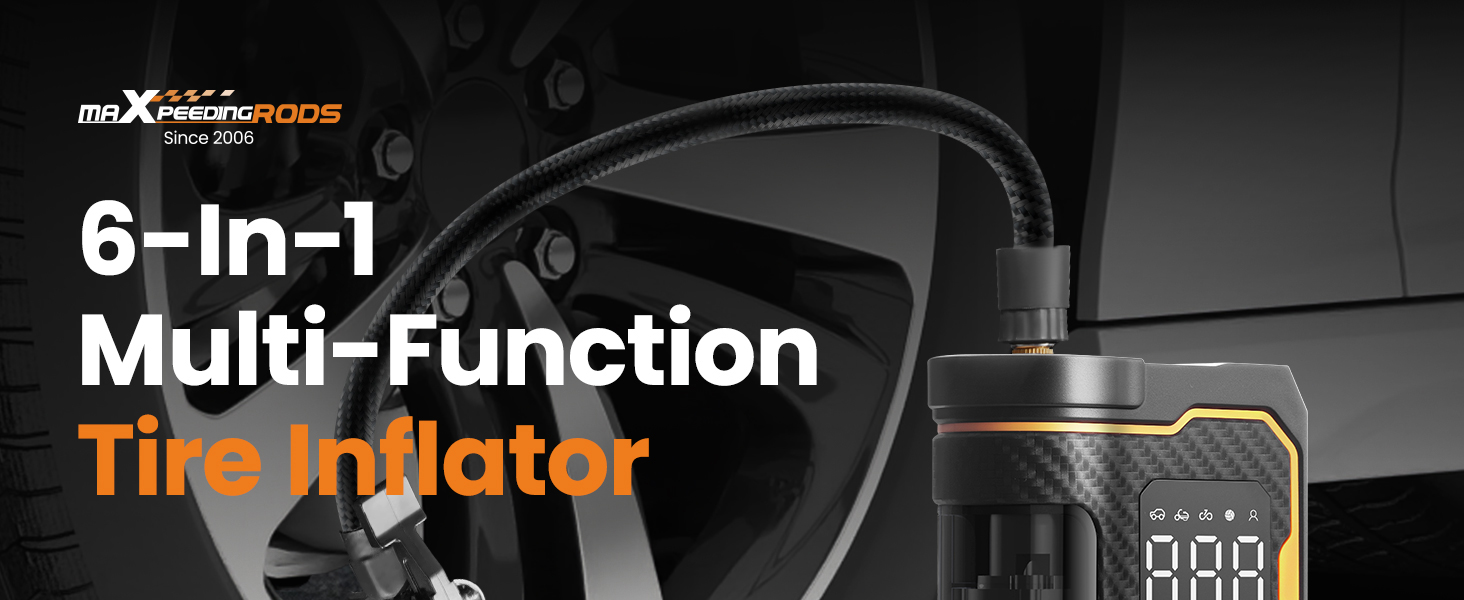

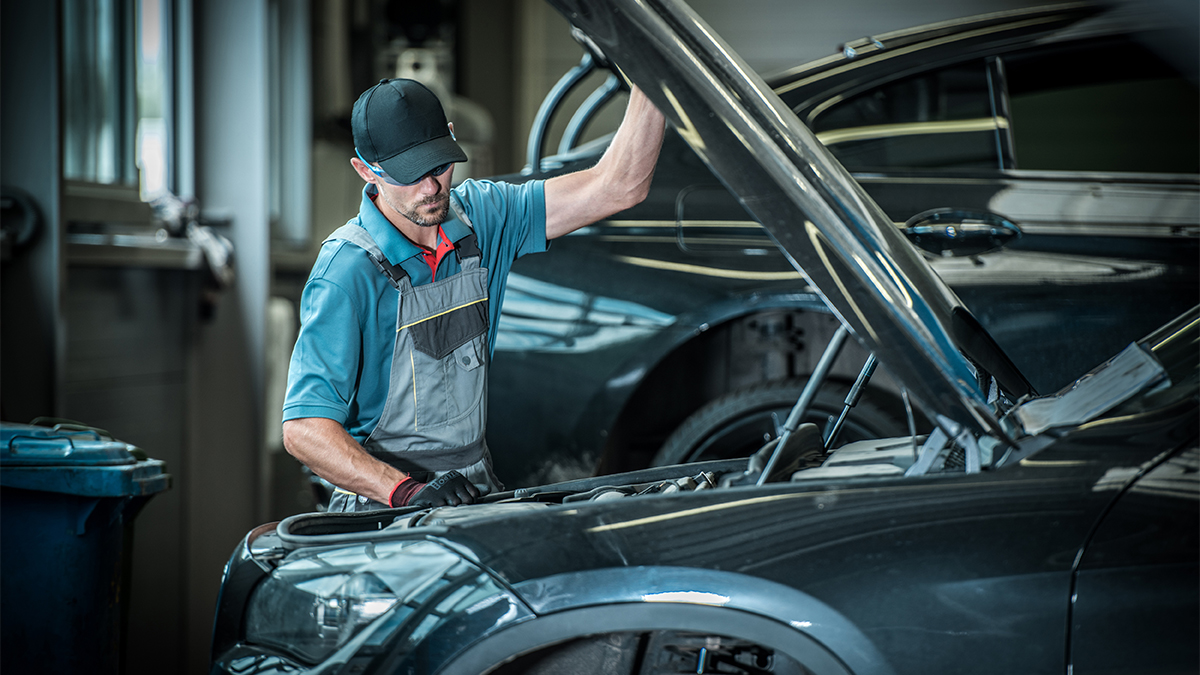
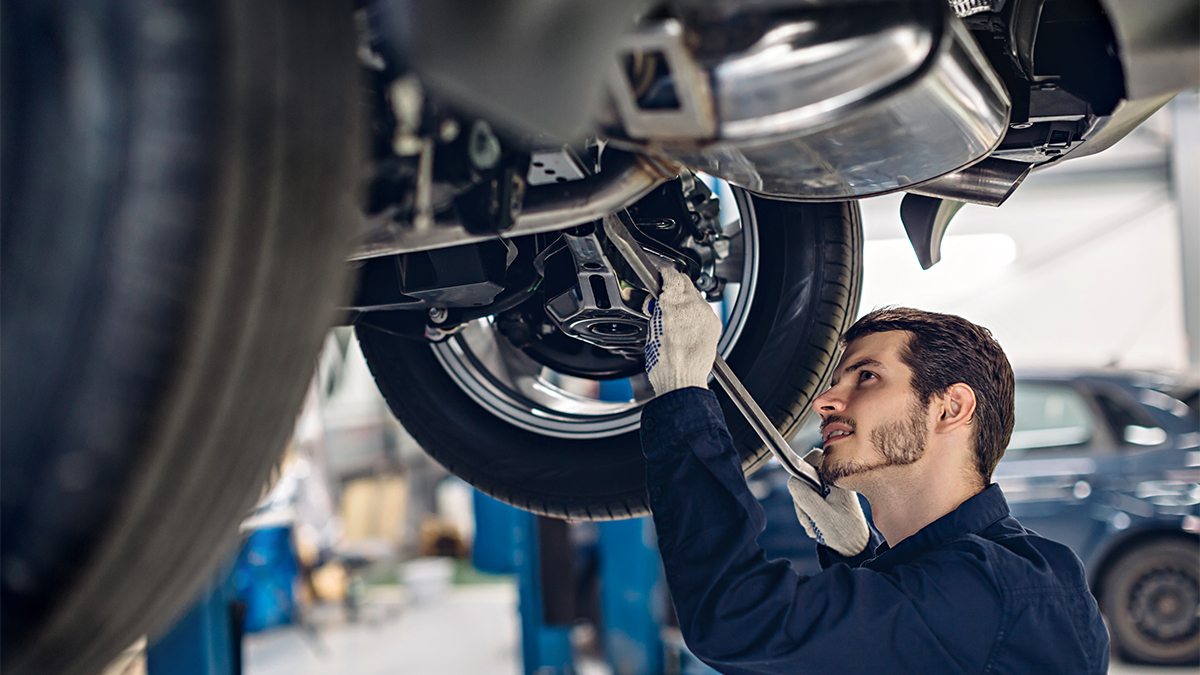


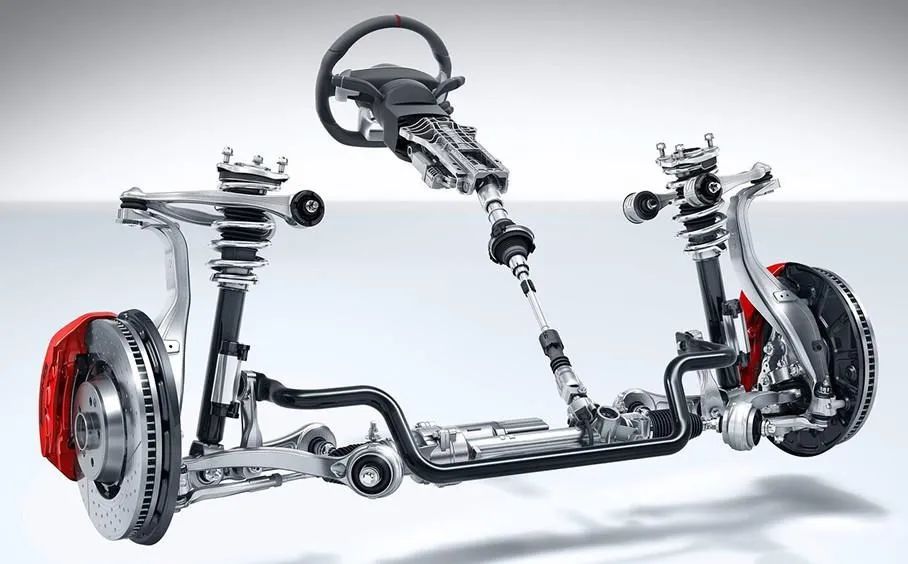
Web site leaves something to be desired, just trying to get some detailed installation instructions for a set of rear 5000# air bags purchased for a 2024 ran 2500srw
Can you help me with the fitting for my air bags?
My air bags are Maxpeeding Rods for a 2012 Dmax leaf springs.
Many thanks
grmmy@bigpond.com
Hi, I recommend you connect our after-sale support department, they will fix your issue immediately.
Email: SupportUS@Maxpeedingrods.com
hotline:(1)213-459-3517